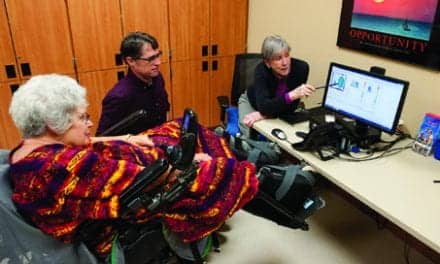Researchers from the University of Calgary have developed a way to measure different types of fear of falling (FOF) in Parkinson’s disease patients in hopes of improving their treatment and quality of life.
Standard treatment focuses on improving a patient’s gait, balance, and muscle strength. However, in a recent multi-center study published in npj Parkinson’s Disease, these researchers discovered that cognitive function plays an important role.
“The findings indicate the current standard treatment for fear of falling may not be effective for all patients. Many may benefit from treatments aimed at addressing their fear and improving their level of confidence to get up and be active,” says Bin Hu, PhD, professor in the departments of Clinical Neurosciences and Cell Biology and Anatomy and member of the Hotchkiss Brain Institute, in a media release from the University of Calgary.
“Some patients have developed an excessive fear of falling that’s keeping them from participating in activities, but physically, they have no reason to be afraid,” Hu adds. “On the opposite end of the spectrum we discovered patients who are physically at a high-risk of falling, but cognitively don’t recognize their weaknesses and aren’t taking proper precautions.”
Working with Taylor Chomiak, PhD, an adjunct assistant professor in the Department of Clinical Neurosciences, Hu used machine learning to compare cognitive and mobility tests from 57 patients. The algorithms produced visual maps that helped separate the patients with FOF into different categories: those with mobility issues, those with cognitive dysfunction with relatively mild motor impairment, and those with a combination of the two.
“Up to now there has been no generally accepted scientific method that can be used to diagnose patients with different types of fear of falling,” Chomiak states, in the release. “This is the first step toward the development of an effective diagnostic tool to identify types of FOF that combines conventional clinical assessments with mobile and computer technology.”
[Source(s): University of Calgary, Science Daily]





